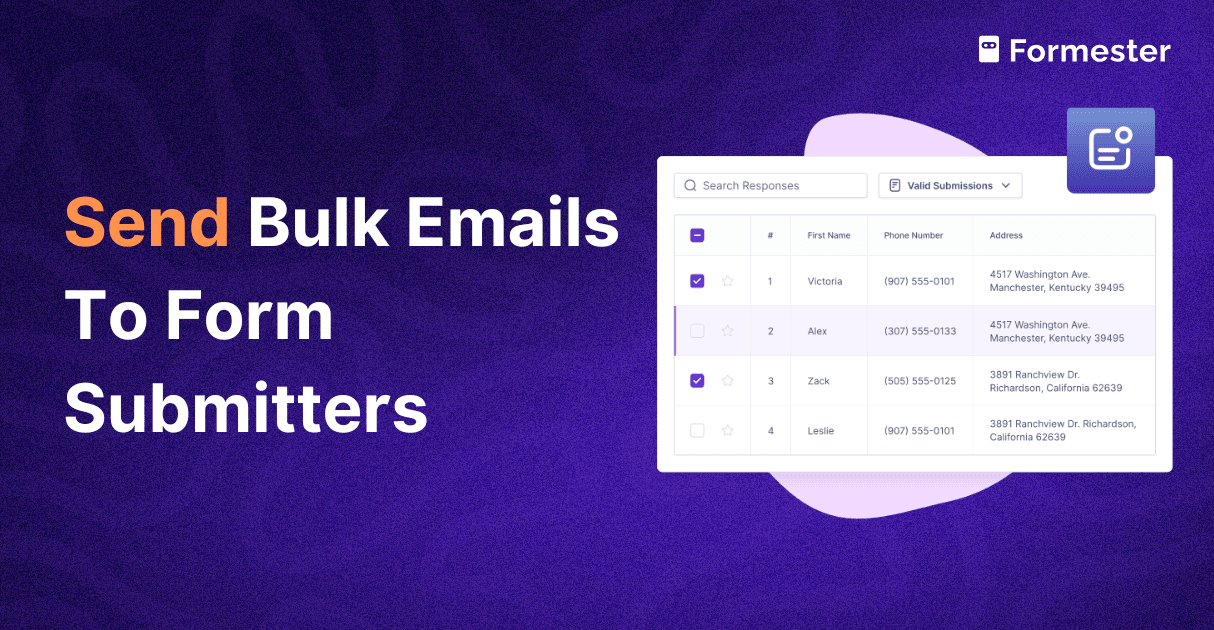How to Evaluate Training Effectiveness: A Step-by-Step Guide
 Training your team is great, but how do you know if it actually worked?
Training your team is great, but how do you know if it actually worked?
You don’t want to waste time or money on training investments that don’t move the needle. That’s where training evaluation comes in.
In this post, you’ll learn what training effectiveness really means and how to measure it in simple steps.
If you work in HR, lead a team, or are in L&D, this guide will help you. It will help you track results, increase completion rates, and make smart decisions.
What Does Training Effectiveness Mean?
Training effectiveness shows how well your program helps people learn and apply new skills.
In simple words: Did the training improve job performance?
It could be anything, new software, safety rules, or soft skills. But the big question is: Did it make a difference?
If it helped, great! If not, the training materials or goals may need work. You want your efforts to lead to real improvements and a strong return on investment (ROI).
Why You Should Evaluate Training Effectiveness
Checking training results isn’t optional, it’s smart.
It helps you:
Avoid wasting time and money
Show the ROI of training to managers
Improve training where needed
Spot gaps early on
Support continuous improvement in your team
Align with your training objectives
You’ll also gain valuable insights into the real impact of training on your business and people.
The 4 Levels of Training Evaluation (Kirkpatrick’s Model)
This is one of the most popular training evaluation models. Each level helps you dig deeper.
1. Reaction (Level 1 Reaction)
Did learners like the training? Was it clear and useful?
This shows how they felt during the session. If they didn’t enjoy it, chances are they didn’t learn much either.
2. Learning
Did they actually learn something new? Use a quiz or group task to find out. If they can explain or show it, they’ve learned it.
3. Behavior
Are they using their new skills at work? This shows if the learning is sticking. Check with managers or watch how they work now.
4. Results
This looks at the bigger picture. Did the training lead to fewer mistakes, better output, or higher customer satisfaction? That’s the ultimate result of the training.
Want an extra layer? Some L&D professionals also use Kaufman’s Five Levels of Evaluation to dig even deeper.
How to Evaluate Training Effectiveness
1. Set Clear Learning Goals
What should people know or do after the training? Be specific. Tie goals to real job tasks. Clear goals help track the impact of training better. A how-to guide creator can support these goals by turning complex processes into simple, repeatable instructions that align with real work scenarios.
2. Use Pre- and Post-Training Assessments
Run a quick training evaluation test before and after. It shows how much they learned. This is a simple way to measure change and boost completion rates.
You can use Formester’s AI-powered test builder to create these fast.
3. Collect Feedback from Participants
Use surveys to learn what learners think. Ask about content, speed, confidence, and clarity. This step gives you Level 1 reaction data quickly.
Formester has ready-to-use feedback templates that make this easy.
4. Observe Behavior Over Time
See if employees apply their training in real life. Talk to their managers. Use peer reviews. This shows whether training is working beyond the classroom.
5. Measure Business Results
Now, check numbers. Did productivity improve? Are customers happier?
Fewer errors? Faster task completion? More sales?
This gives you hard data on the impact of training and helps prove ROI to leadership.
Tools That Help You Evaluate Training Easily
You don’t need expensive tools. Start with:
Formester: Build tests, surveys, and evaluation forms fast
Google Sheets: Track results easily
Moodle or TalentLMS: For full training platforms
Survey tools: Like Typeform or SurveyMonkey (Formester works better for forms!)
Final Thoughts
Training is only as good as its outcome. If it doesn’t change anything, it needs work.
That’s why a strong evaluation process matters. It helps you learn what worked and what didn’t. You’ll improve training programs, make smarter training investments, and boost your ROI.
Start small use basic forms, quizzes, and feedback. Over time, you’ll gather valuable insights that help build smarter corporate training.
So keep learning. Keep improving. And always measure what matters.

